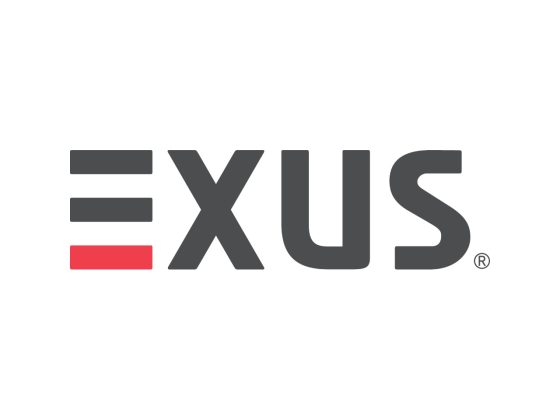When selecting an operating system for personal use, several considerations can come into play. The “best” operating system can vary based on individual needs and preferences.
1. User Interface. How easy is the system to navigate? Is it visually appealing and intuitive?
– For a sleek, modern design that is very user-friendly, Apple’s macOS is often highly rated.
– Windows also offers a straightforward interface, while Linux, although highly customisable, may require a steeper learning curve for new users.
2. Compatibility. Will the system work well with your hardware and support the software you want to use?
– Windows has the broadest hardware compatibility and supports a wide range of software, including most games.
– macOS is only designed for Apple hardware but integrates seamlessly with Apple’s ecosystem of devices and has a robust suite of proprietary software.
– Linux has improved its compatibility but may still have issues with some proprietary software and hardware drivers.
3. Security. How secure is the operating system?
– Both macOS and Linux have strong security, mainly due to their Unix-based architecture. Apple also offers regular security updates.
– Windows, due to its popularity, is a bigger target for malware but has significantly improved its security features with recent versions and offers robust built-in protection with Windows Defender.
4. Performance. How efficiently does the operating system run?
– Linux is often praised for its efficient performance, especially on older or lower-spec hardware.
– macOS, optimised for Apple hardware, generally provides a smooth, responsive experience.
– Windows can sometimes be resource-intensive, but performance can vary widely depending on the specific hardware.
5. Price. How much does the operating system cost?
– Linux, as an open-source system, is free.
– Windows is typically paid, either as a standalone product or included in the cost of a new PC.
– macOS comes free with any new Mac, but keep in mind that Apple hardware can be more expensive upfront.
6. Customisability. How much can you personalise or modify the system?
– Linux is the standout here, with numerous distributions available and almost unlimited customisability for users comfortable with its more technical aspects.
– Windows also offers a fair degree of personalisation, while macOS is more locked down.
7. Support and Community. Is help readily available if you run into issues?
– Both Windows and macOS have extensive official support from Microsoft and Apple, respectively.
– Linux, while lacking a centralised support structure, has a large and active community that can provide assistance.
Remember, the best operating system largely depends on your specific needs and comfort level with different platforms. Some people value user-friendly interfaces and seamless device integration, while others prioritise customisability or security. It can be worthwhile to try out different systems and see which one feels right for you.












